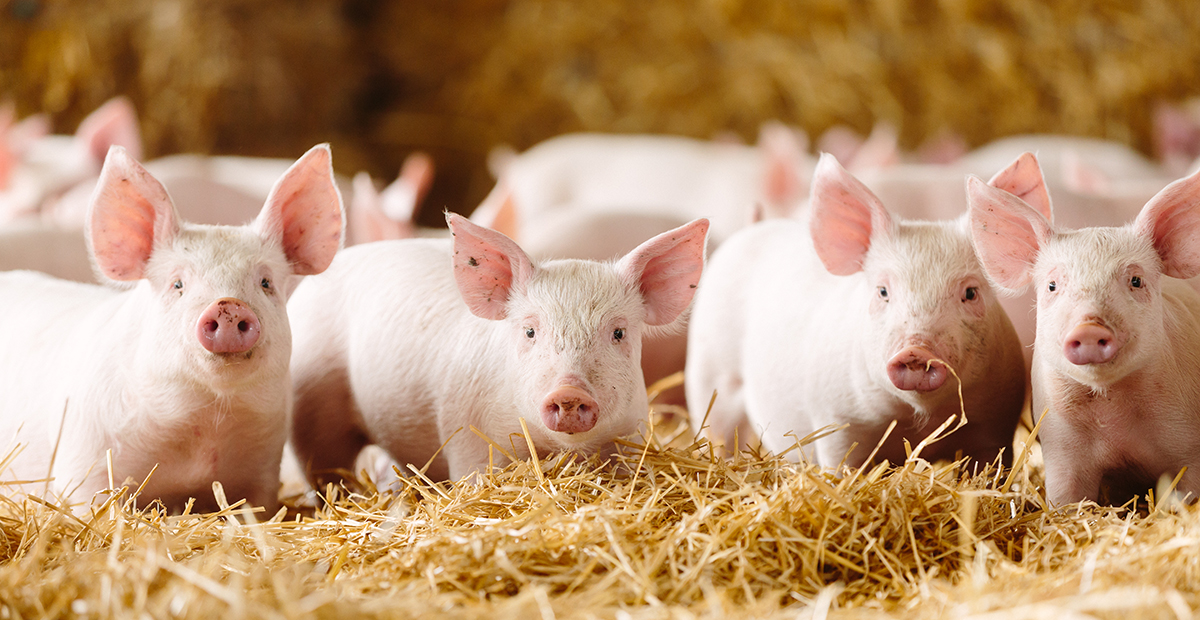Today, the country has about 280,000 sows, which is on par with large individual farms in the United States or Europe, but significantly less than the world's leading producers. At the same time, domestic pork consumption remains moderate — only 26.6 kg per person per year, while in Poland, for example, this figure exceeds 53 kg.
Why the industry is stalling
Experts cite several key factors that are hindering the development of Australian pig farming:
- Currency fluctuations. When the Australian dollar strengthens, the cost of pork for foreign buyers increases, making it less competitive in global markets.
- Genetic restrictions. Due to strict biosecurity rules, the country does not import live animals or genetic material. This makes it difficult to improve productivity and adapt breeds to changes in demand.
- Light carcasses. Pigs are slaughtered at a live weight of 95–105 kg, which makes the meat much leaner and less versatile for cooking traditional dishes. This, in turn, restrains both domestic consumption and demand in export markets.
- Retailer policies and legislative restrictions. Animal welfare requirements and the ban on physical castration in some states force farmers to adhere to less efficient husbandry and marketing schemes.
Potential avenues for development
Experts believe that with a comprehensive approach, Australia can significantly strengthen its position. Among the proposed solutions are
- the creation of offshore quarantine centres for the safe import of genetics, as Brazil has done
- working with retailers to optimise standards without compromising animal welfare;
- investing in marketing and educational campaigns to increase consumer interest in pork and explain how to prepare it properly;
- developing breeding programmes to improve meat characteristics within existing restrictions.
Experts emphasise that there are no structural barriers to success: Australia is free from ASF, PRRS and classical swine fever, has a developed infrastructure and is close to Asian markets. If genetic and market problems can be solved, pork could become another flagship Australian export alongside beef, lamb and wine.
PigUA.info based on materials from pig333.com



